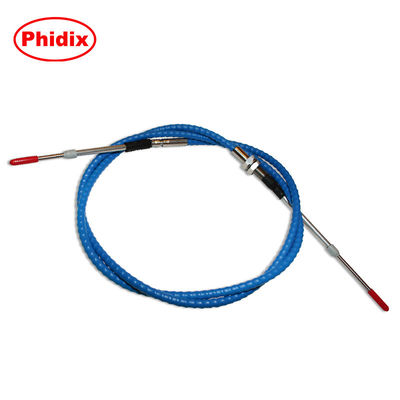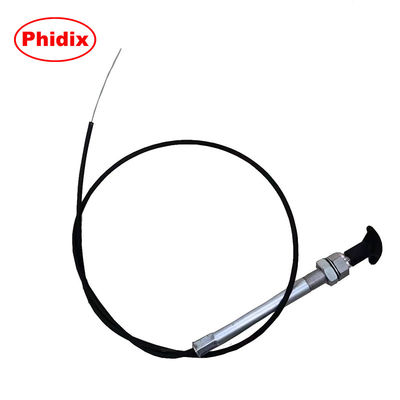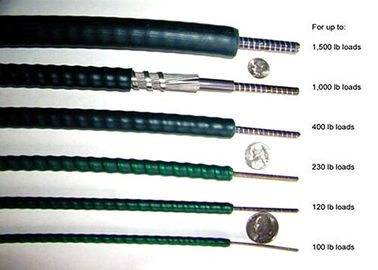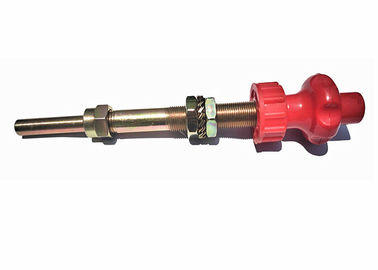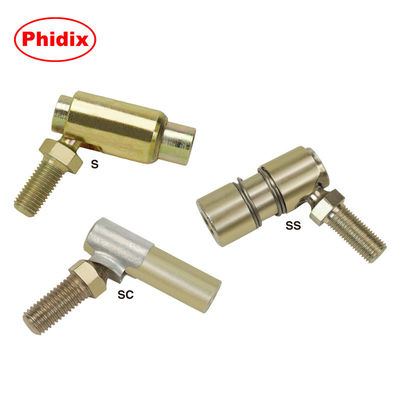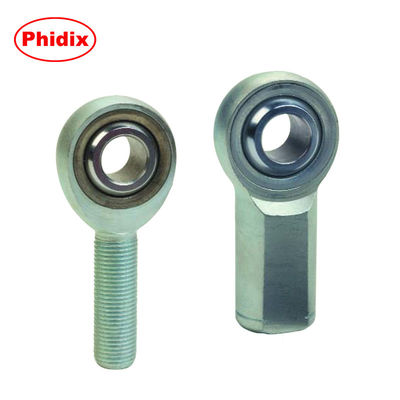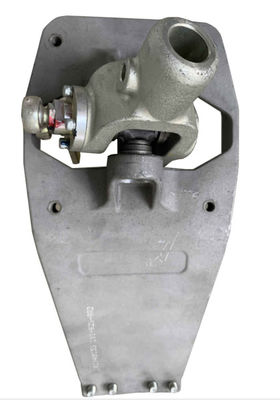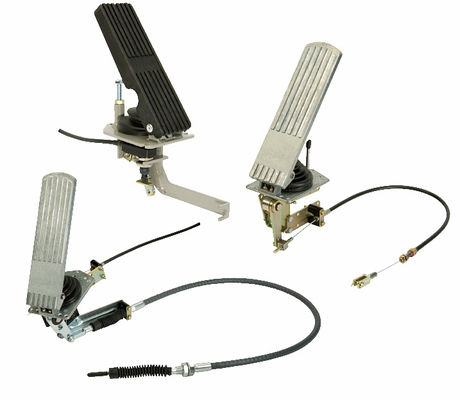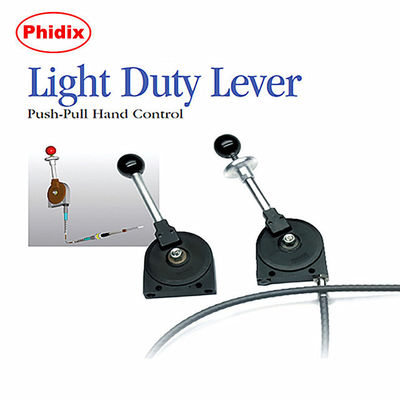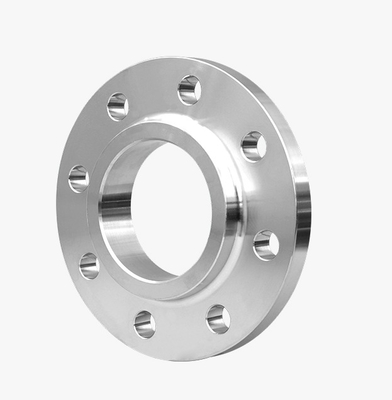Tanker trucks transporting fuel, chemicals, or cryogenic liquids face extreme operational demands: high corrosion exposure, wide temperature fluctuations, and the need for ultra-reliable actuation of brakes and valves. In such settings, traditional mechanical linkages often fall short. That’s where stainless steel control shafts come in—engineered to deliver precise control and maximum durability.
In this article, we’ll explore the unique design, material advantages, and operational benefits of Phidix’s tanker-grade control shafts, and how they help improve safety, responsiveness, and longevity in fluid delivery systems.
Why Stainless Steel Makes a Difference in Tanker Applications
Unlike generic carbon steel or aluminum linkages, stainless steel control shafts offer:
• Corrosion Resistance: Crucial when exposed to fuels, acids, saline washdowns, or weather extremes.
• High-Strength Actuation: Supports brake and valve operation even in long routing paths.
• Thermal Stability: Performs reliably across a wide temperature spectrum (−40°C to +120°C).
• Sealed Construction: Multi-layer protection reduces internal wear and prevents contamination.
According to Tank Transport, corrosion and leakage remain among the top mechanical failure causes in tanker systems—making component selection a critical part of risk management.
Key Technical Features of Phidix’s Control Shaft for Tankers
| Feature |
Specification / Benefit |
| Material |
304/316 Stainless Steel + Optional PTFE coating |
| Operating Force |
Up to 500 Nm |
| Min. Bend Radius |
3" |
| Stroke Range |
≥ 75mm |
| Temperature Range |
−40°C to +120°C |
| Backlash |
≤ 2mm |
| Standard Lengths |
3–6m (custom options available) |
| Greasable & Replaceable Ends |
Simplifies long-term maintenance |
These shafts can be integrated with brake systems, fluid metering valves, or pneumatic controls on both single and multi-tank configurations.
Use Cases in Real-World Tanker Systems
• Fuel Tankers: Reliable emergency valve closure and brake line integrity.
• Chemical Transporters: Resistance to acidic vapors and fluid leaks.
• Cryogenic Liquid Carriers: Consistent shaft movement even in deep cold environments.
Each application benefits from the control shaft’s sealed, flexible design—ensuring smooth force transmission without the need for rigid rod arms or exposed cables.
If your tanker systems face corrosion, temperature extremes, or complex routing demands, it's time to upgrade to a stainless solution.

 Your message must be between 20-3,000 characters!
Your message must be between 20-3,000 characters! Please check your E-mail!
Please check your E-mail!  Your message must be between 20-3,000 characters!
Your message must be between 20-3,000 characters! Please check your E-mail!
Please check your E-mail! 
